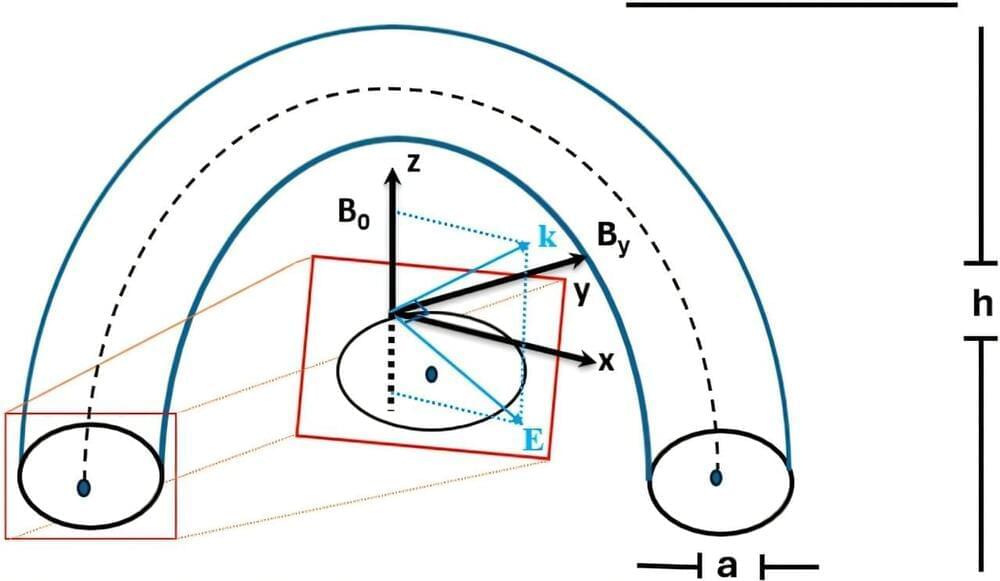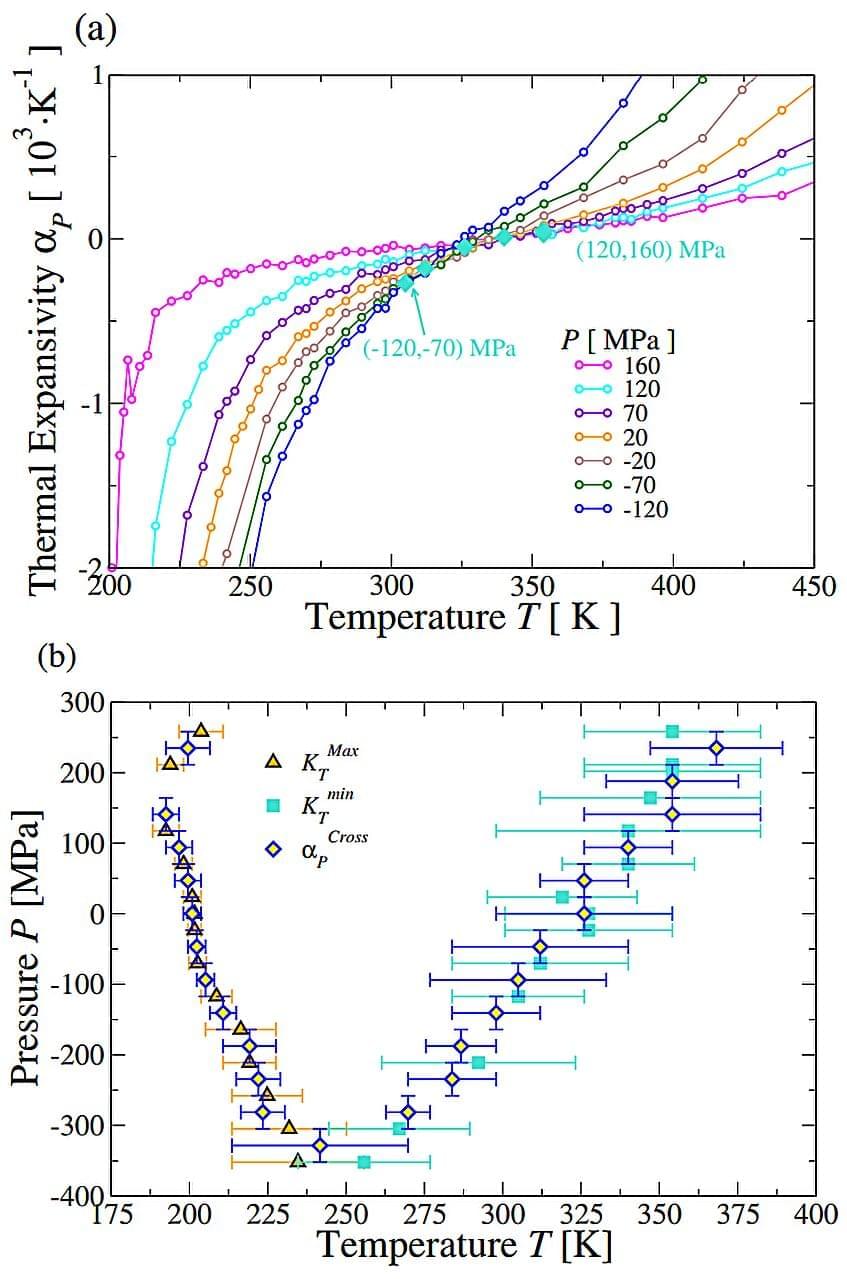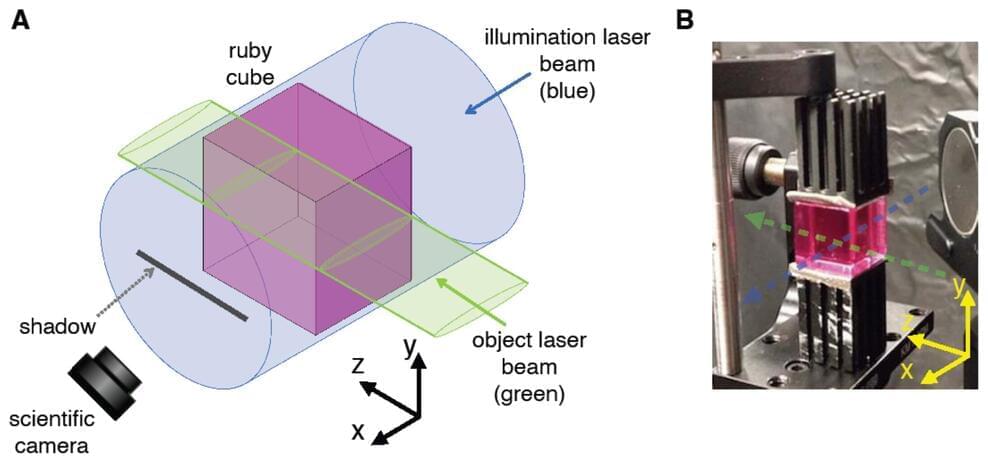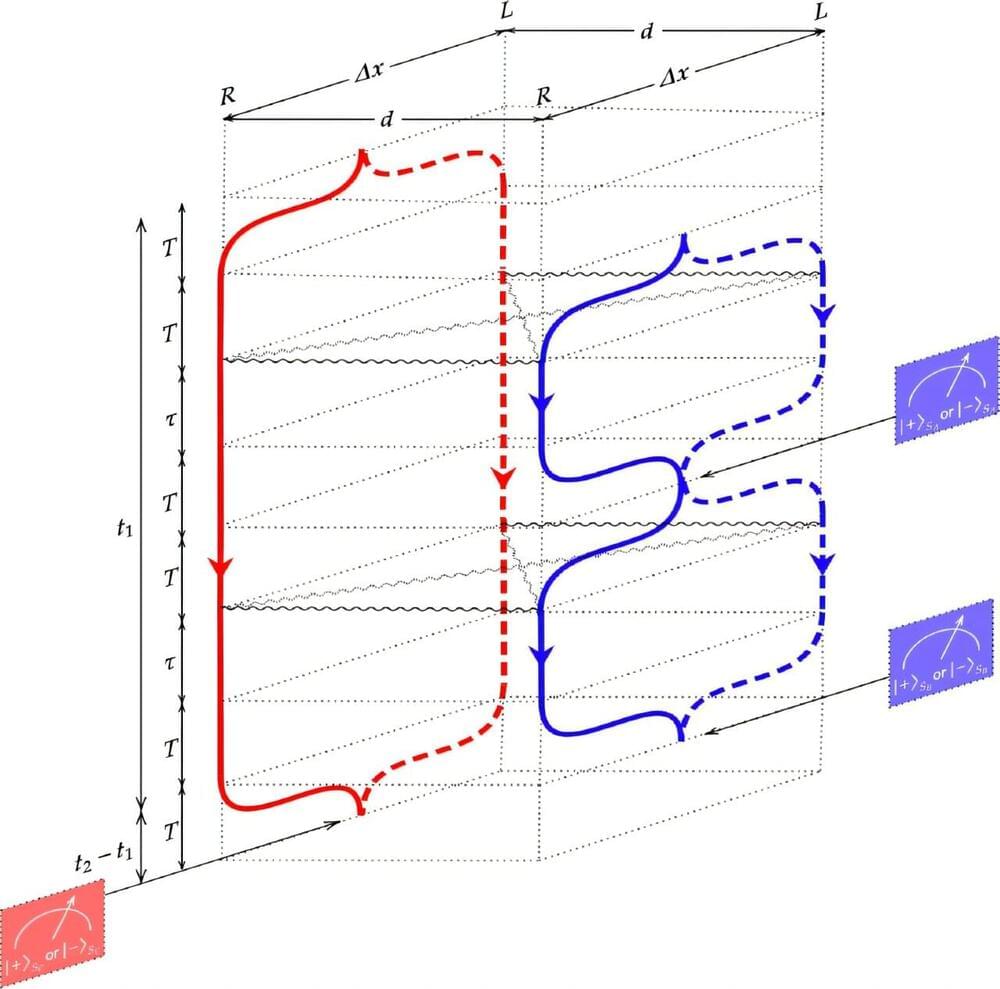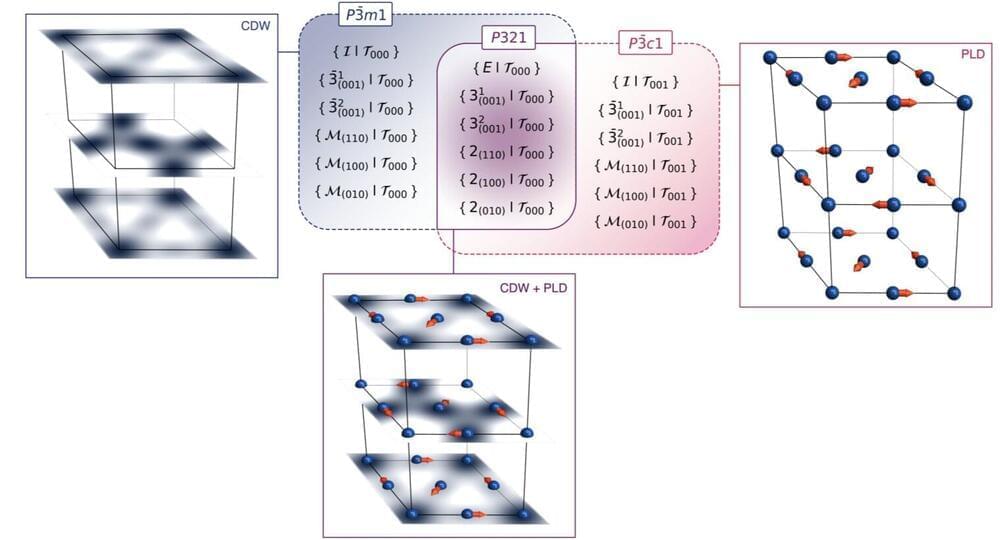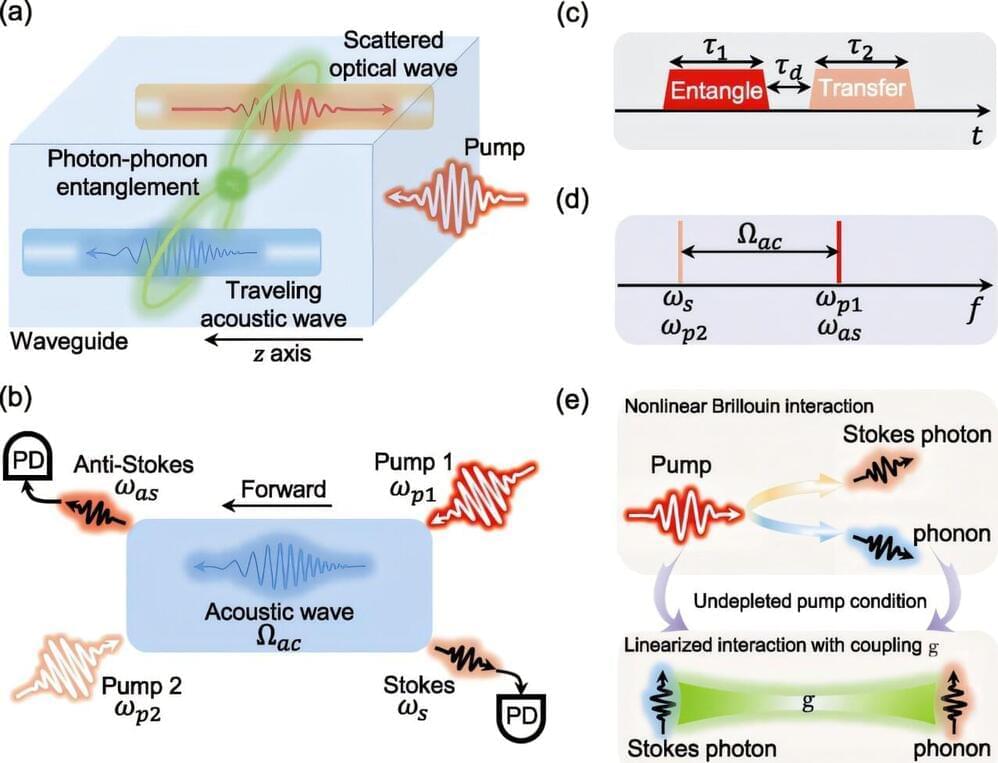In this video I discuss probabilistic computing that reportedly allows for 100 million times better energy efficiency compared to the best NVIDIA GPUs.
Check out my new course on Technology and Investing in Silicon:
https://www.anastasiintech.com/course.
The first 50 people to sign up get 25% off with the code “EARLY25”
Timestamps:
00:00 — Probabilistic Computing.
9:24 — Thermodynamic Computing.
Let’s connect on LinkedIn ➜ / anastasiintech.
My Deep In Tech Newsletter ➜ https://anastasiintech.substack.com.
Support me at Patreon ➜ / anastasiintech.

